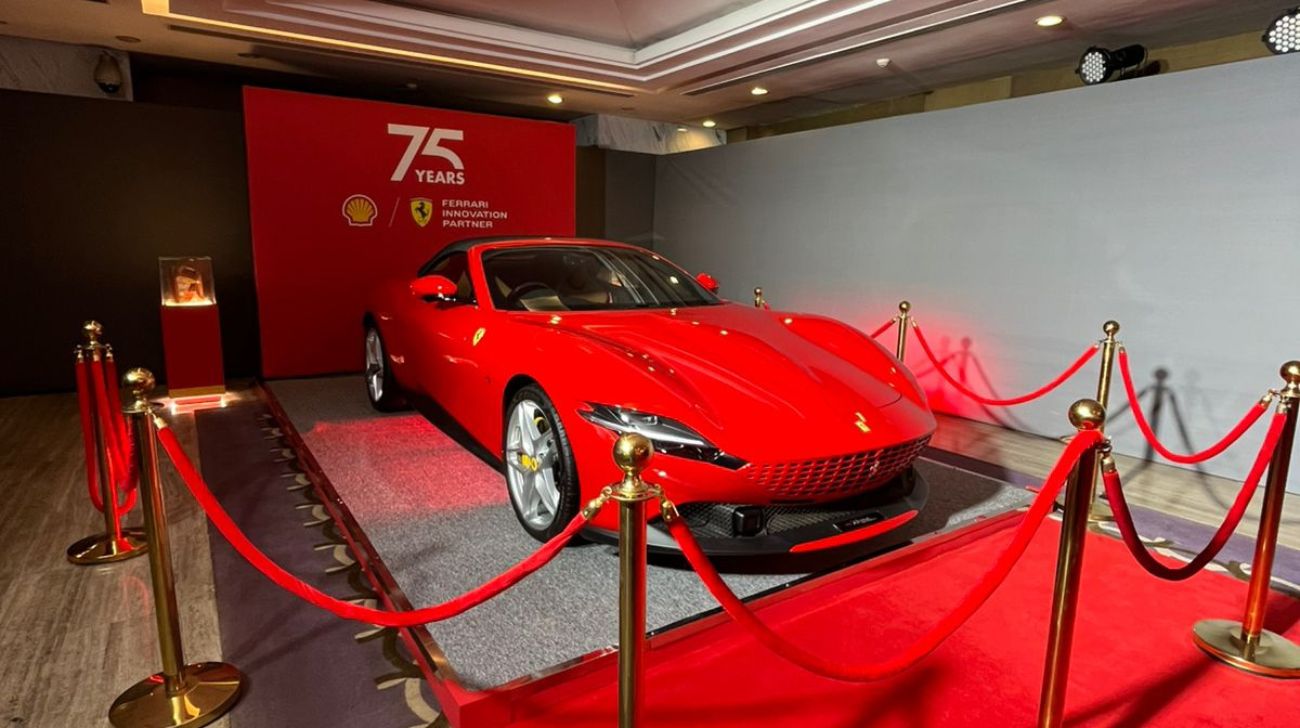The GST Council is preparing to restructure India’s taxation system, and two-wheelers are firmly in the spotlight. Under the proposal, motorcycles up to 350 cc may see their GST drop from the current 28% to 18%, while anything above 350 cc could be classified as a “luxury good” and taxed at a steep 40%.
At first glance, the reduction in small-capacity motorcycles is a welcome relief for the majority of buyers. However, the proposed increase in larger displacement motorcycles has set alarm bells ringing across the industry.
Siddharth Lal’s Call for Uniformity
Royal Enfield’s Executive Chairman, Siddharth Lal, recently shared a detailed post titled “Securing India’s Global Leadership in Two-Wheelers.” He argued that all motorcycles, regardless of size, should attract a uniform 18% GST. His reasoning is simple: motorcycles above 350 cc make up only about one per cent of the Indian market. Punishing them with higher taxation will barely improve government revenue while risking the progress India has made as a global hub for mid-capacity motorcycles.
Lal also pointed out that larger motorcycles are not indulgent luxuries. For many riders, they offer efficient mobility, lower running costs compared to cars, and a practical solution for long-distance travel. By treating them as luxury products, India risks undermining its competitiveness in a space where it has recently begun to shine.
The Brands at Stake
If the 40% slab is implemented, its impact will be widespread. Royal Enfield’s Himalayan 450 and 650 twins, Bajaj’s KTM 390 line-up, TVS’s upcoming BMW collaboration, and the Harley-Davidson X440—all designed and manufactured in India—will instantly become more expensive. These motorcycles are not just for domestic consumption; they are exported globally and contribute to India’s reputation as a serious player in the premium two-wheeler segment.
On the other hand, motorcycles under 350 cc—such as Hero, Honda, and many commuter-friendly models—will benefit from the lower GST, making them more accessible to first-time buyers, especially in rural and semi-urban markets.
The Bigger Picture
India’s two-wheeler story has long been celebrated as a Make in India success. The industry is not only one of the largest in the world but also a source of significant exports and innovation. Raising taxes on a segment that is small in numbers but high in visibility could slow down R&D investment, discourage global partnerships, and hurt the aspirational Indian rider.
Also Read: Will Tesla Survive India's Tough EV Market?
Conclusion
The upcoming GST decision is a defining moment. A uniform 18% GST across all motorcycles would support affordability, sustain growth, and preserve India’s emerging leadership in mid-capacity bikes. Splitting the slabs, however, risks short-term revenue gains at the cost of long-term industry momentum. As Siddharth Lal warns, this is less about taxation and more about whether India wants to remain at the forefront of the global two-wheeler market.


.jpg)

.jpg)

